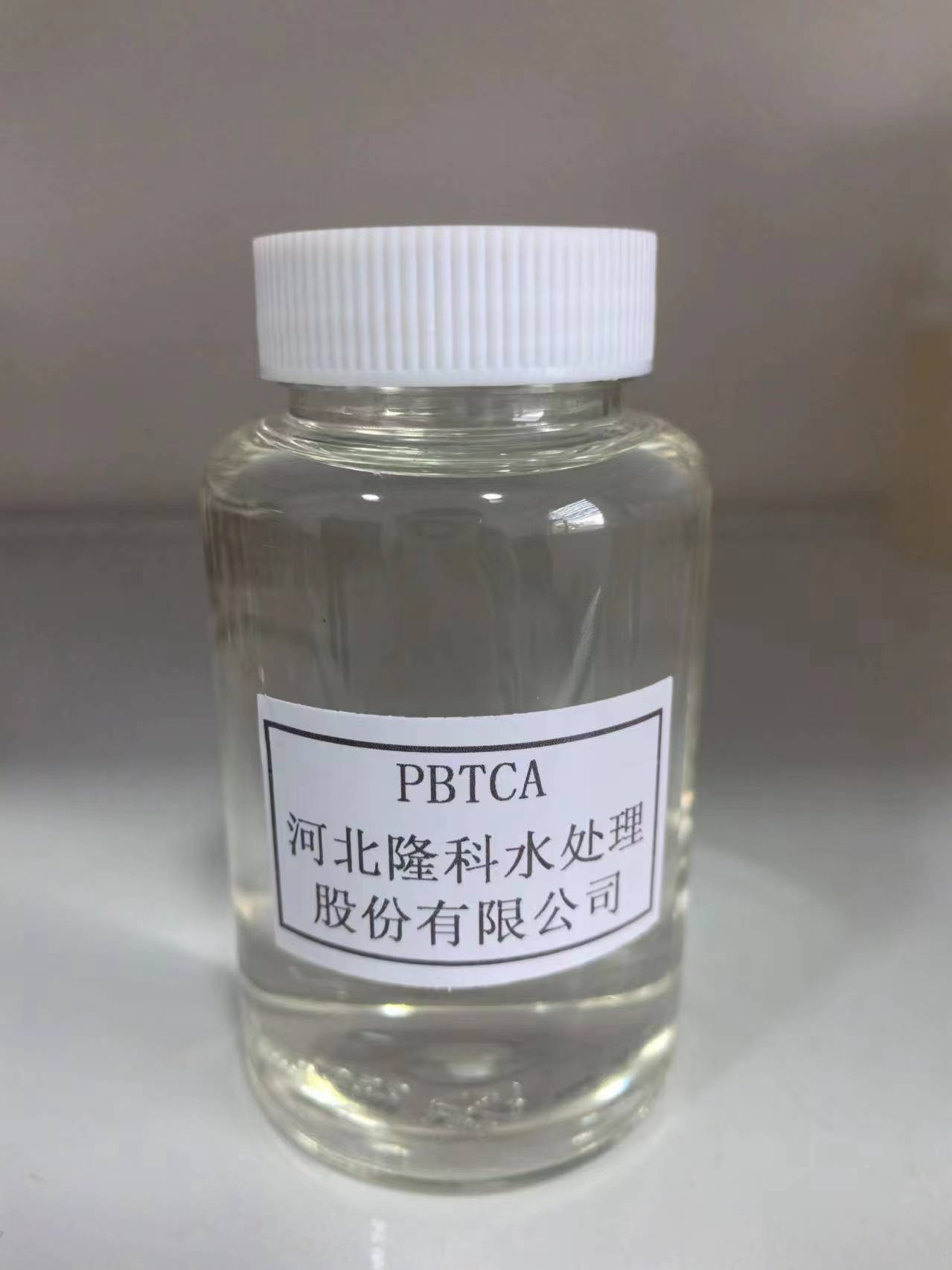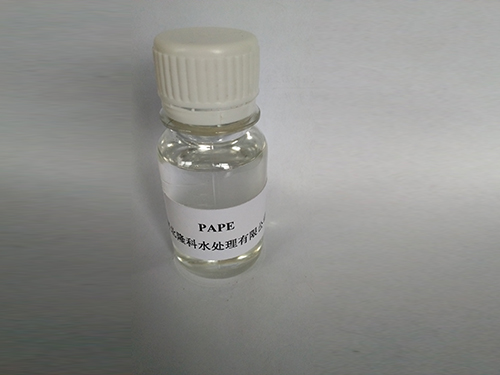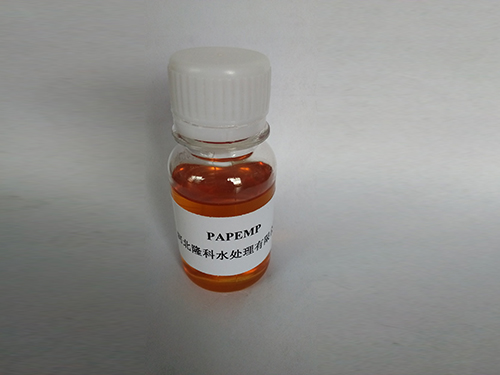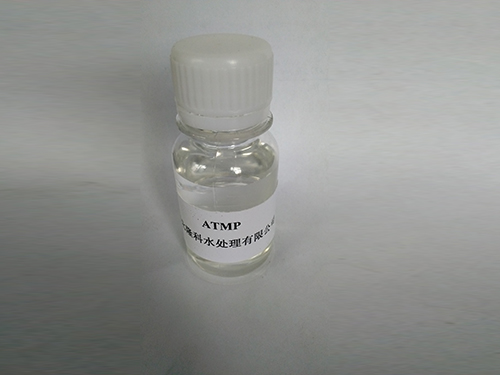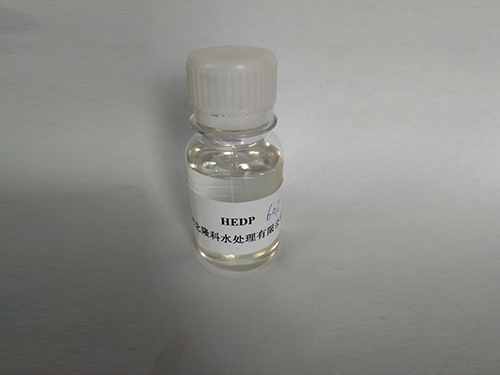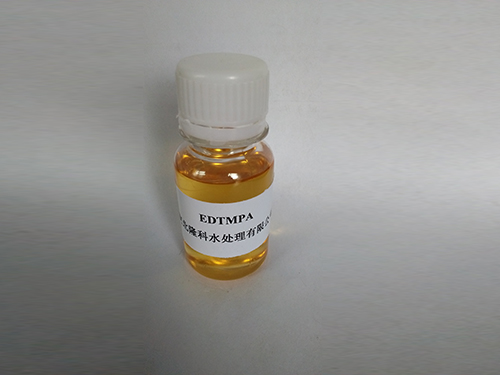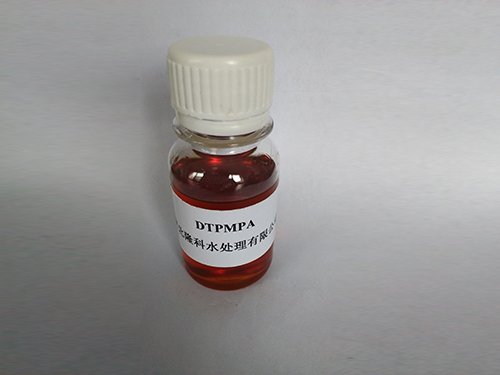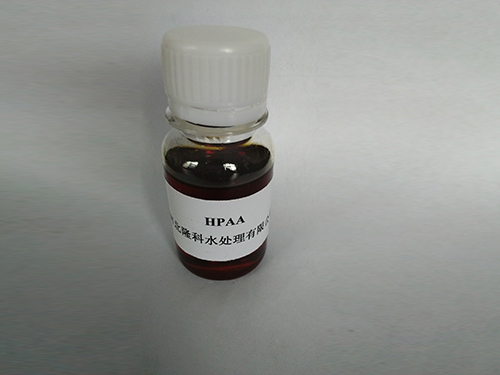
CAS No. 181828-06-8,35608-40-6 Molecular weight: 1000-5000
Molecular Formula: C4H5Mba3M (C4H4Mba3M) m (C4H4Mba3M) nC4H4Mba3M2
Usoro nhazi:

Njirimara:
PASP bụ ụdị ihe ndị biopolymer, nke ụmụ irighiri ihe nwere nnukwu amido bond, carboxyl na otu ndị ọzọ na-arụ ọrụ. Njikọ Amido peptide nwere ọrụ ndu yana nkwụsi ike kemịkalụ dị elu, siri ike ire ere na oke okpomọkụ; otu carboxyl nwere ike ịdị mgbagwoju anya na ọtụtụ ion metal na mmiri, nke na-eme PASP nwere nnukwu ọrụ kemịkal na ngwọta mmiri; na onye ọ bụla structural unit nke PASP, ikuku oxygen na nitrogen atom nwere ike ịmepụta njikọ hydrogen na mkpụrụ ndụ mmiri, ọ nwere ezigbo hydrophilicity na mmiri solubility. The pụrụ iche molekul Ọdịdị nke PASPna-eme ka o doo anya na ọ nwere ikike ịgbasa nke ọma, ihe na-egbochi corrosion, ezigbo biodegradability na njirimara enyi na gburugburu ebe obibi.
Nkọwapụta:
| Ihe | Index |
|---|---|
| Ọdịdị | Acha odo odo na-egbutu mmiri mmiri |
| Ọdịnaya siri ike% | 40.0 min |
| Njupụta (20 ℃) g/cm3 | 1.20 min |
| pH(1% water solution) | 9.0-11.0 |
Ojiji:
Dị ka ọnụ ọgụgụ molekụla dị iche iche nke PASP si dị, enwere ike iji ya na ọgwụgwọ mmiri, ọrụ ugbo na oke ọhịa, nrigbu mmanụ ala, ncha na ihe ndị ọzọ.
I. Ọgwụgwọ mmiri
-
PASP has characteristic of polyanion surfactant, which can be chelated with magnesium, copper, iron, cobalt and other polyvalent metal ions after hydrolysis. It has excellent scale inhibition and dispersion properties. As scale and corrosion inhibitor, PASP is widely used in industrial circulating water, boiler water, reverse osmosis water, oil recycled water, desalination water treatment, especially for water treatment systems of high hardness, high alkalinity, high pH and high concentration.
-
PASP has good scale inhibition on CaCO3, Ikpe4, BASO4, Ca3 (PO4)2 , wdg.
-
PASP is an alternative of phosphor-containing Water Treatment Chemicals and has better scale inhibition effects. PASP can avoid eutrophication and second pollution in water system.
II. Agriculture na oke ohia
-
PASP can be used as fertilizer synergist in agriculture. Adding it into urea can improve fertilizer efficiency by 20-40% and reduce the fertilizer dosage;
-
Adding PASP in the production process for fertilizer can increase fertilizer granulation level, increase the number of standard particles to 97%, thereby enhancing the rate of finished products and reduce loss;
-
PASP can improve the nutrient absorption of grain, vegetable, melon and fruit, and flowers, promote root growth, increase crop yields, enhance plants and its stress resistance;
-
PASP can be used with phosphorodithioate and other pesticides to enhance pesticide effect, crop yields and improve crop quality;
-
PASP can form complex with heavy metals in the soil, displace heavy metals from the soil, in order to achieve the purpose of restoration of soil pollution.
III. Eriri mmanụ ala
-
PASP can form chelation with calcium, magnesium, copper, iron and other metal ions to attach to the metal surface of the container to prevent metal corrosion. It is an excellent corrosion inhibitor, especially for preventing oil pipeline corrosion caused by carbon dioxide;
-
PASP with molecular weight around 10000 can reduce fluid viscosity. In bentonite mud, when the dosage of PASP is 0.4%, the viscosity reduction rate can be over 70%;
-
Ọ nwere ezigbo iguzogide nnu na calcium;
IV. Ihe nchacha
-
PASP has characteristics of anionic surfactant and good chelation, dispersion properties. It can soften water, dispersing, anti-fouling, and prevent re-contamination of the greasy dirty off the clothes during the washing process;
-
Ọ nwere ike adsorbed n'elu nri dinnerware, gbochie ebu, na-eme ka mma ihicha mmetụta. Ọ bụ akụkụ dị mkpa nke ịsacha efere maka ihicha ihe ndị siri ike;
V. Ngwa ndị ọzọ
N'ihi ya nke ọma na-agbasasị na inorganic na organic compouds. PASP has been applied with different degree in pharmaceuticals, pigments, paints, leather, inorganic chemicals, oilfield chemicals and other fields.PASP is called "third-generation polyurea", it can be used to produce protective coatings of high weather resistance, high resistance to chemical corrosion, fast-curing paint, and applied directly to fast curing coatings on the metal substrate and industrial flooring, etc., ; it can be used in the tanning process as tanning agents, produces biodegradable leather; pharmaceutical carrier material made from PASPhas been widely used in family planning, anti-tumor drugs making etc.
Ngwugwu na Nchekwa:
200L plastic drum, IBC (1000L), ahịa 'chọrọ. Nchekwa ọnwa iri n'ime ụlọ ndò na ebe akọrọ.
Nchedo nchekwa:
PASP bụ alkaline, ṅaa ntị na nchebe ọrụ mgbe ị na-arụ ọrụ, zere kọntaktị na akpụkpọ ahụ, anya, wdg, jiri mmiri buru ibu na-asachapụ mgbe kọntaktị.
Ụdị okwu:
Sodium nnu nke polyaspartic acid, sodium nnu nke polyaspartic acid, polyaspartate, sodium nnu nke polyaspartic acid (PASP)
Nnu sodium nke polyaspartic acid (PASP)







